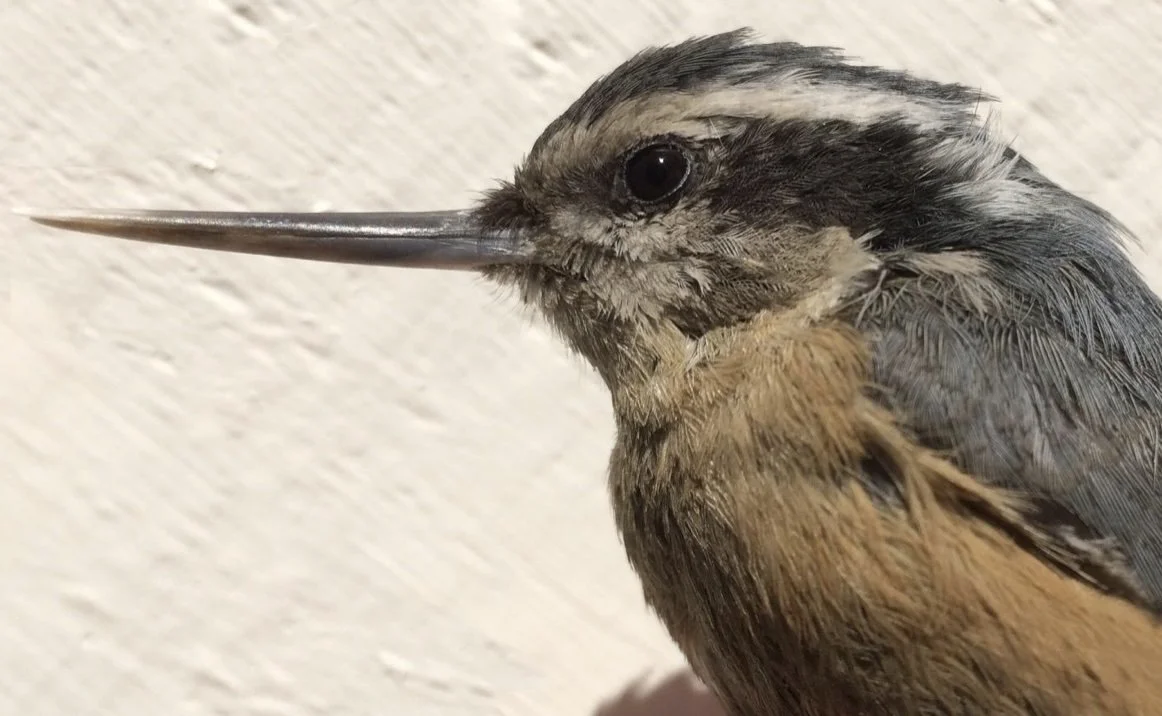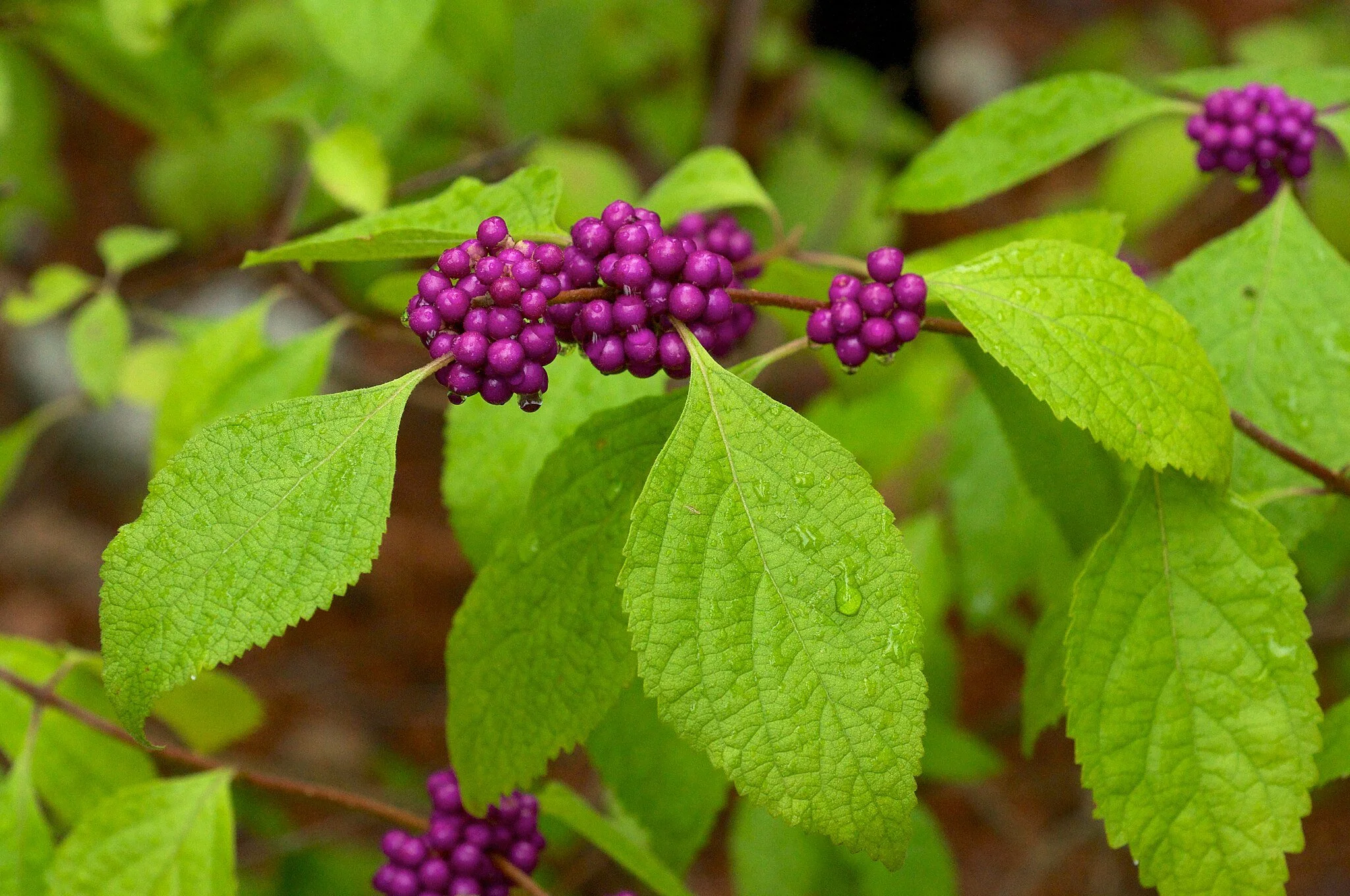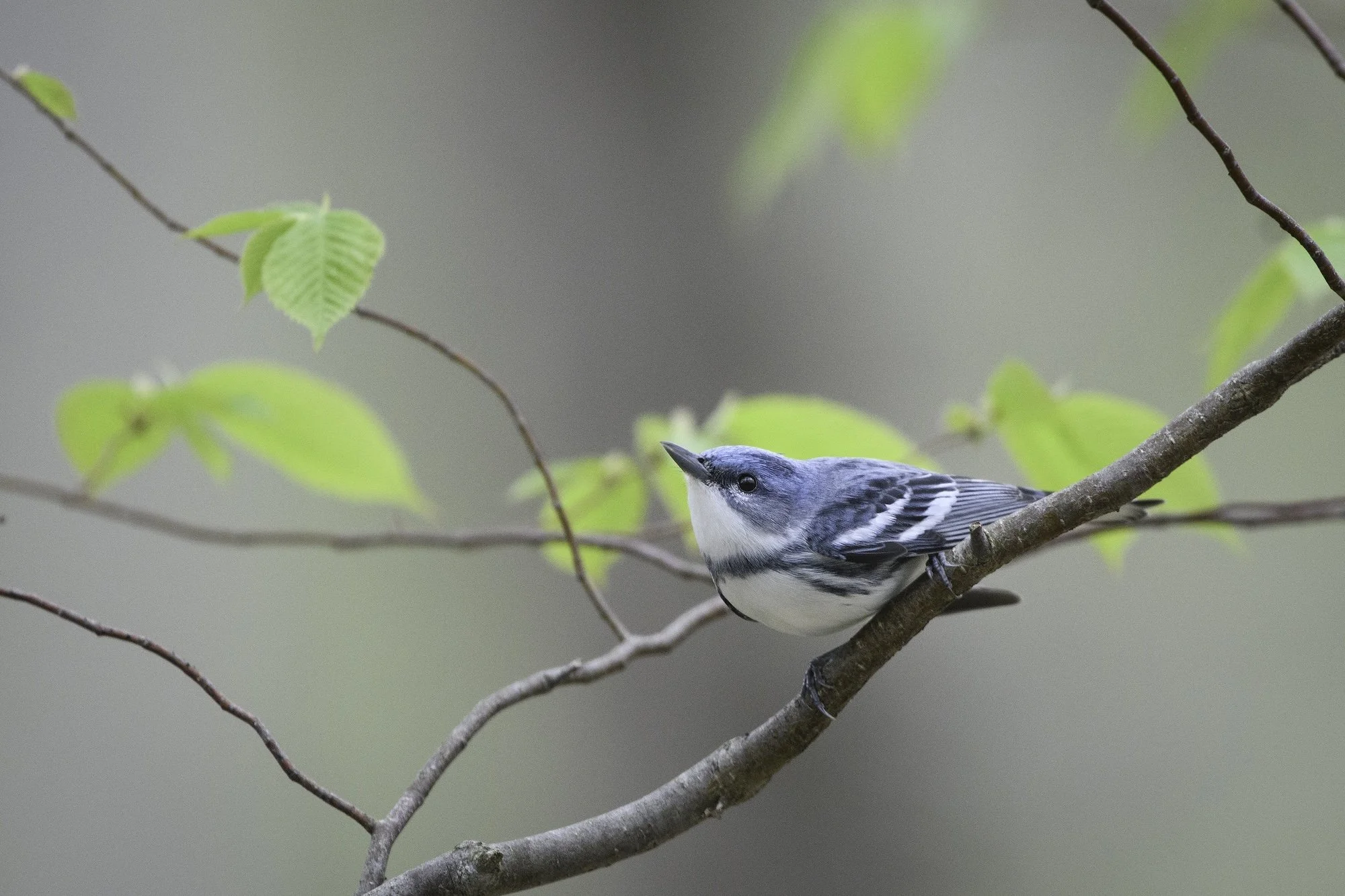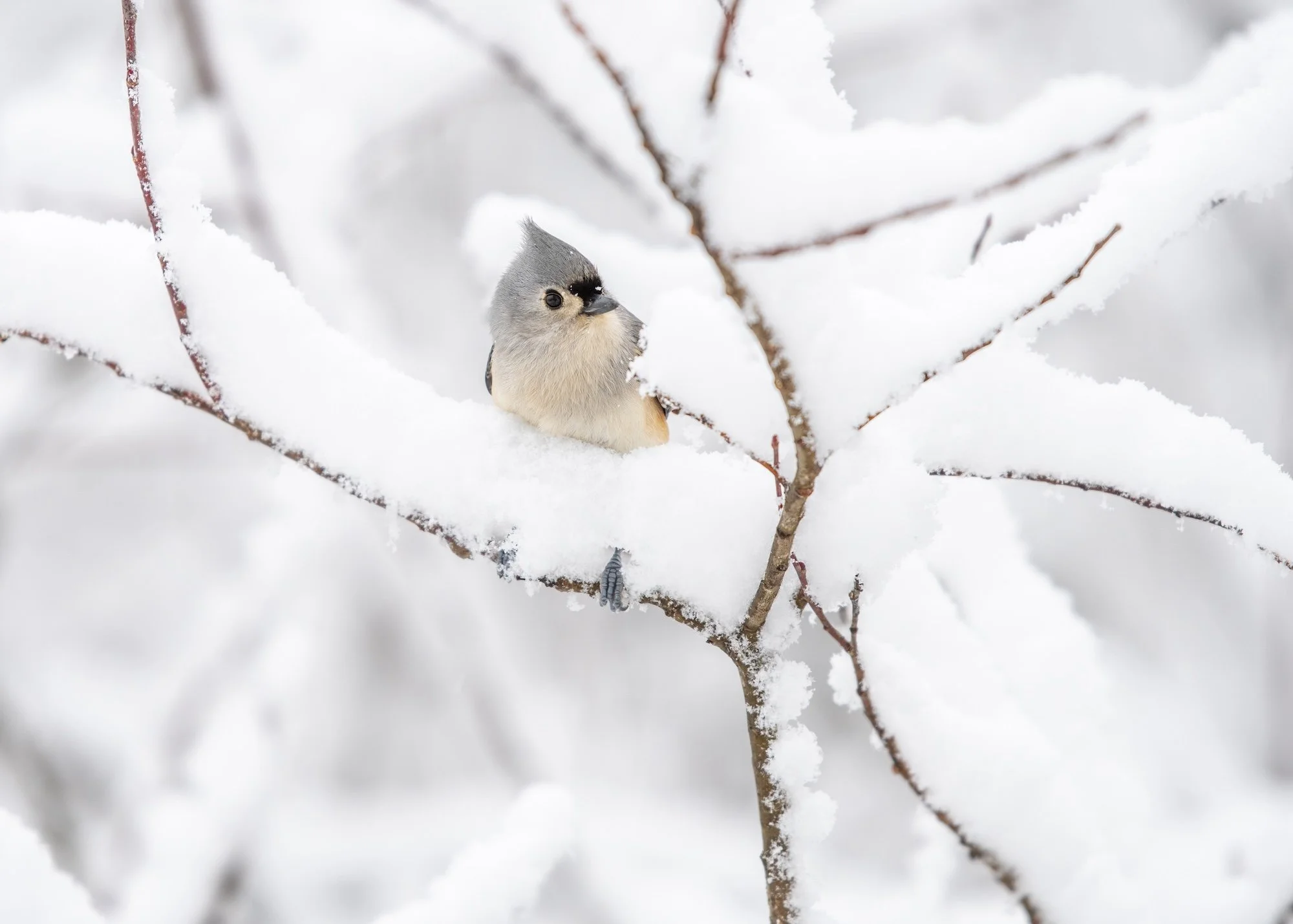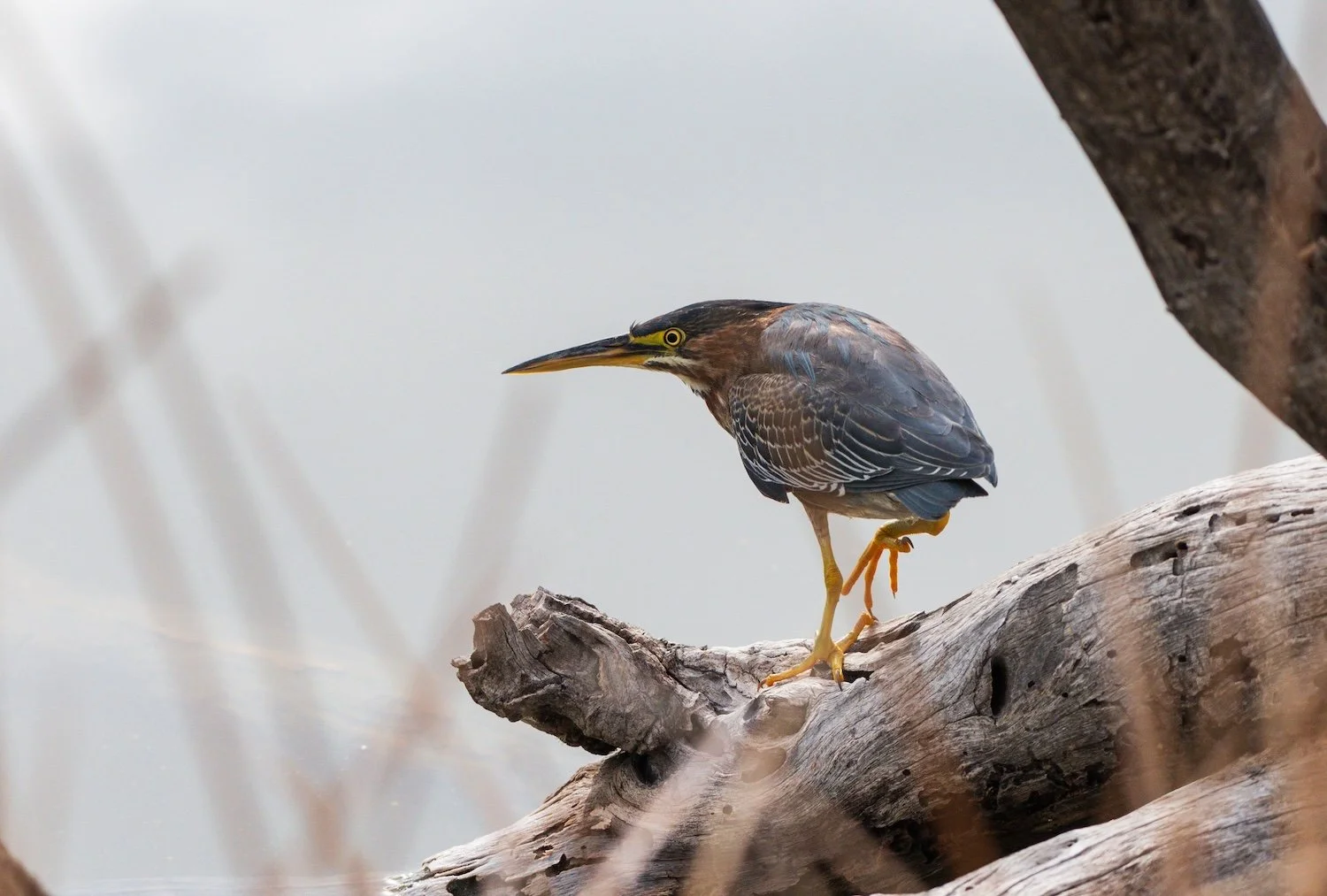
NVBA Photo Calendars are Here!
Pickup date in Reston has been moved to 12/17, so there’s still time to get your NVBA calendar in time for the holidays!
Photo: American Kestrel, Randy Streufert

Get Ready for the 2026 Virginia General Assembly
NVBA is offering two programs to help demystify the process of advocating for legislative priorities
Photo: Virginia State Capitol Building, Wikimedia user Skip Plitt via CC BY-SA 3.0
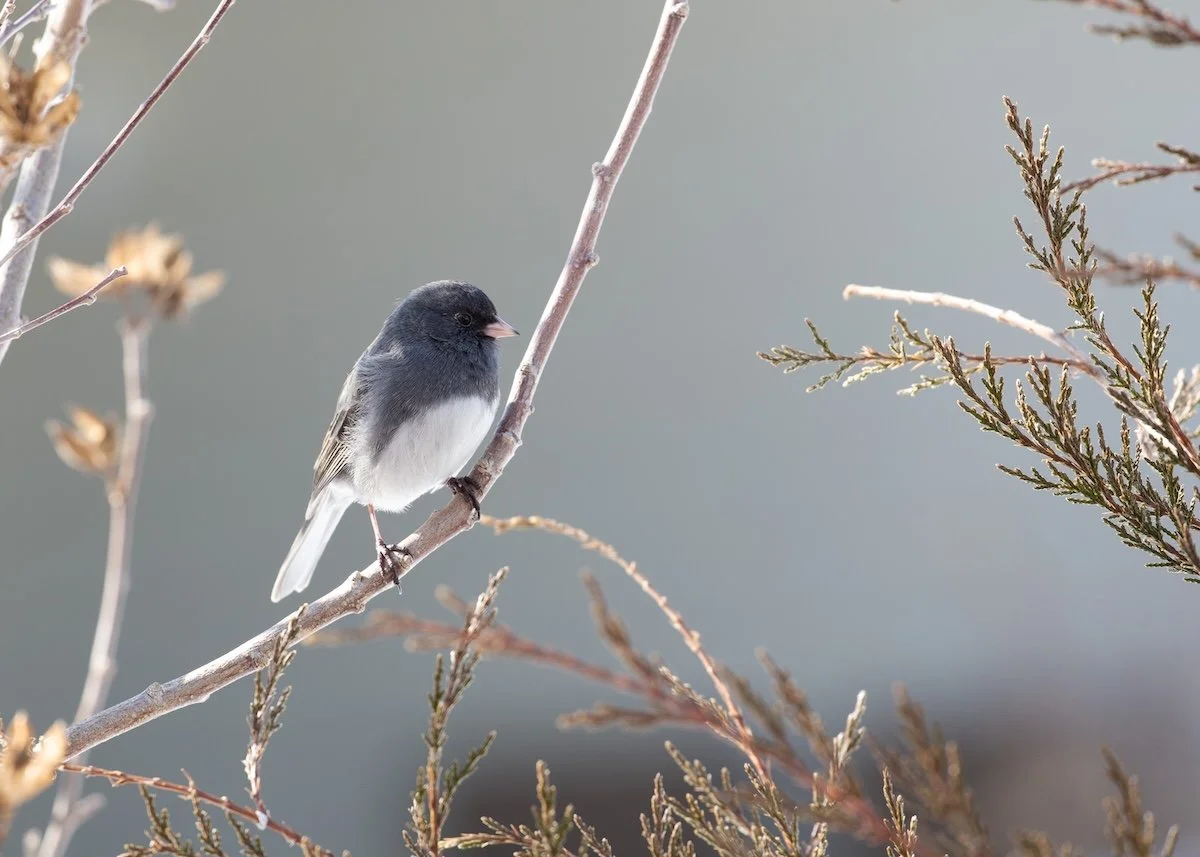
Upcoming Workshops and Classes
We have some great workshops and classes lined up. Join us!
Photo: Dark-eyed Junco, Lucy Franco/Audubon Photography Awards

Use - and lose - Nandina this Season
Make some lovely holiday decor with this invasive plant’s berries and branches, then replace it with one of these native alternatives
Photo: Nandina, Emőke Dénes, CC BY-SA 2.5, via Wikimedia Commons

Avian Keratin Disorder
A mystery bird discovered in Arlington this summer carried a disease first found in Alaska
Photo: Red-breasted Nuthatch with deformed beak, Alaska Science Center, USGS

How Birds Survive the Winter
They have two options: adapt or migrate to warmer temperatures
Photo: Mourning Dove, Danny Brown/Audubon Photography Awards

Back for the Holidays: The White-throated Sparrow
Listen for the signature song of this winter visitor
Photo: White-throated Sparrow, Ashrith Kandula/Audubon Photography Awards
Conserving and Enjoying Nature
Northern Virginia Bird Alliance is a chapter of the National Audubon Society.
Our mission is to engage all Northern Virginia communities in enjoying, conserving, and restoring nature for the benefit of birds, other wildlife, and people. We advance our mission through educational programs, citizen science, conservation initiatives, and advocacy initiatives. We envision a world where people, wildlife, and their habitats thrive.

Letter to Our Members
The Smithsonian Environmental Research Center in Edgewater, MD, sponsors Project Owlnet, a bird banding project studying Northern Saw-Whet Owl migration. I was allowed to participate as a volunteer last year, which gave me a truly memorable experience, seeing the Northern Saw-Whet Owl for the first time.
Photo: Northern Saw-whet Owl, Carolina Sanabria
News
The latest stories from NVBA. Looking for a particular topic? Try searching our site. We have hundreds of articles full of great information about everything from birds to advocacy to native plants.
An enigma alighted on an Arlington birdfeeder in late July, a sparrow-sized bird with an inverted feeding style and a prodigious beak almost as long as its brown and white body. Who was this strange visitor?
Advocating for your legislative priorities can be intimidating. NVBA is offering two programs that will help demystify the process and provide an advance look at legislation that will be introduced in the 2026 Virginia General Assembly.
“Oh-sweet-Canada-Canada” or “Old-Sam-Peabody-Peabody” – no matter which phrase you associate with the song of the White-throated Sparrow, northern Virginia residents can expect to hear it throughout the coming months as these little birds sing of their return from breeding grounds in Canada.
How do our feathered friends survive winter? They have two options: migrate south to warmer temperatures or adapt to the winter weather.
Judy Gallagher is an NVBA board member and a regular surveyor of local wildlife who also captures photos of what she sees, in particular the less common species.
It’s a beautiful plant - evergreen, red berries, soft foliage - but evil lurks in its heart. Nandina, a.k.a. Heavenly Bamboo or Nandina domestica, is a woody shrub native to Asia. It is not a true bamboo but, just like its namesake, it is a real problem in the landscape.
Long before modern birding, native peoples across North America watched, listened, and learned from the birds that shared their homelands. For them, birds were not merely part of the scenery: they were kin, teachers and messengers between worlds.
The Commonwealth’s nearly 600 data centers make it one of the largest concentrations in the world. It is estimated that 70% of the world's internet traffic passes through Virginia.
The return of Yellow-bellied Sapsuckers in northern Virginia coincides with the re-appearance of Halloween decorations in mid-October, and, like the trick-or-treaters who arrive October 31, they seek sweets.
Berries that grow on native trees and shrubs are wildlife powerhouses. Despite that, some of the best producers are labeled “junk trees” in today’s gardening and landscaping industries because they aren’t someone’s idea of what a yard tree should look like.
We're thrilled to announce the launch of NVBA’s first annual Calendar Photo Contest. Showcase your favorite shots while supporting conservation right here in northern Virginia.
Find more stories on our News page.
Upcoming Classes and Events
We have resumed some in-person bird walks and are holding our classes and events both in person and online. You can also watch recordings of past virtual events on our Online Programs page.

